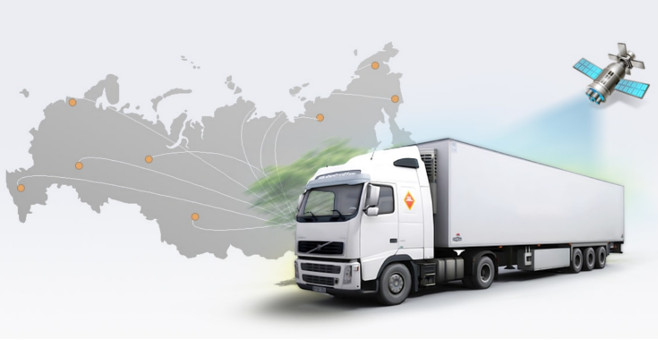
To improve business manageability, many organizations use a vehicle monitoring system. For those who have just begun to study this topic, we have compiled a selection of useful tips for beginners. We talk about typical mistakes that companies make when choosing a monitoring system.
Some companies in business strategies often concentrate on one problem, not paying attention to those that can be solved using a monitoring system. Fleet operators often focus on reducing fuel consumption or curbing unplanned flights. Saving on protection against unauthorized actions by drivers is only part of what a monitoring system can do.
Do not ignore new or additional options just because it may take some time to learn them. You need not be afraid to introduce new technologies in the development of your own business. We recommend that you ask suppliers about their plans for the next few years. What new features are currently under development? Will they be useful for your organization? When learning about innovations first, you can get ahead of your competitors a few steps ahead.
The basic capabilities of the supplied monitoring systems are approximately the same. For this reason, many companies choose the first suppliers they come across. It will be more useful at the beginning of the search to make a checklist with the prescribed tasks and additional wishes that the monitoring system should solve. With specific needs, it will be easier to choose a supplier to answer the questions.
The solutions offered by most companies are similar. The difference lies in subtle nuances, which you should definitely understand.
Ordinary employees with experience, as well as management, can put forward proposals for choosing a monitoring system. Sometimes they identify potential problems faster, while saving time and money.
Additionally, you can find out the opinions of customers, because innovations will also affect them.

To start work without first testing the monitoring system is to face risk and unexpected problems. An unverified system may lead to an error in the vehicle's location data or show large “dead zones” due to poor signal reception quality.
The test stage allows to identify errors in the operation of the monitoring system and its integration with other programs. Thus, you can evaluate the performance of the promised functions and the speed of the dispatch program.
Trials are also needed so that employees learn the technology and identify potential sources of problems. If the solution of the monitoring system is poorly thought out, it has an inconvenient interface and there are no important functions, additional difficulties will surely arise. This is best detected at the testing stage.
Before using the monitoring system, we recommend compiling a list of criteria by which to evaluate the success of the solution to the problem. Without it, it will be difficult to analyze the effectiveness of introducing a new system.
To choose the right monitoring equipment, you need an integrated approach. It is important to understand the capabilities of transport telematics, connect colleagues who will work with the system to the choice, and finally measure the economic effect. This guide will help you avoid the mistakes that other companies make on a daily basis.